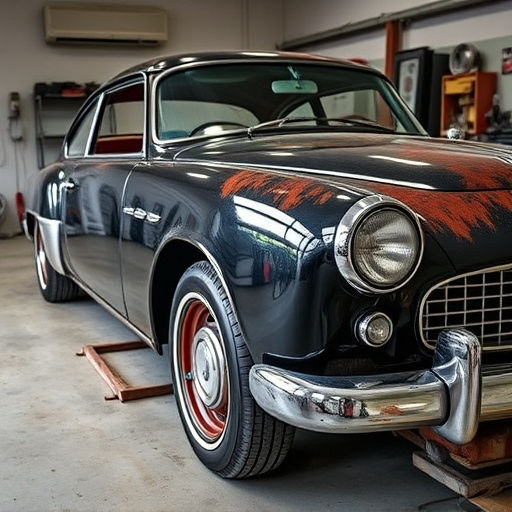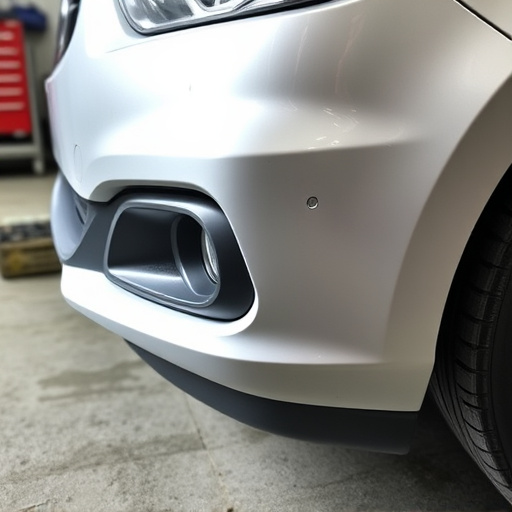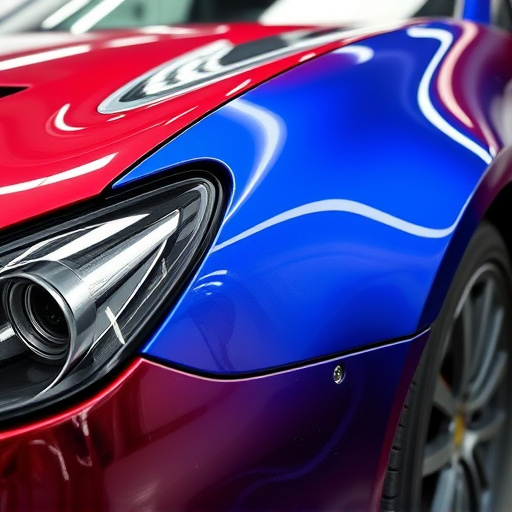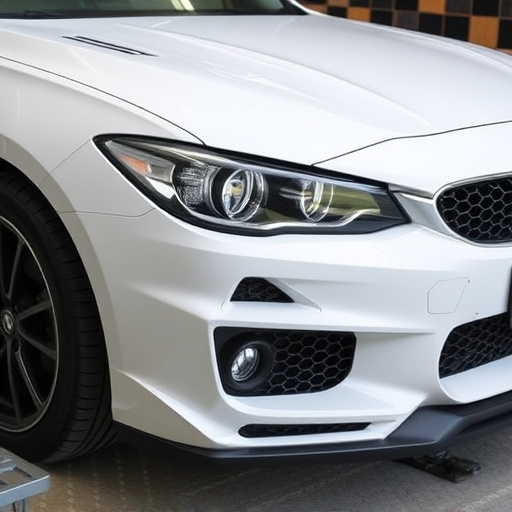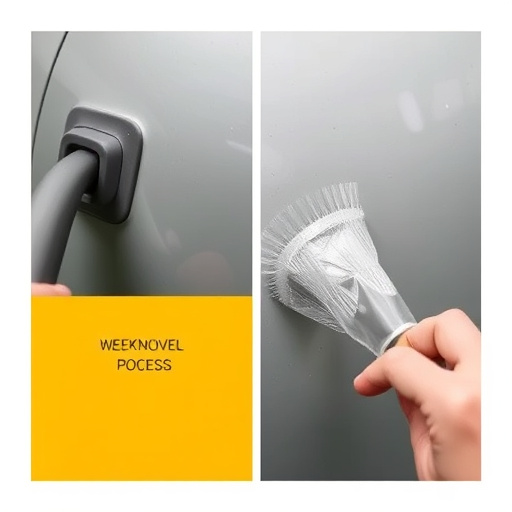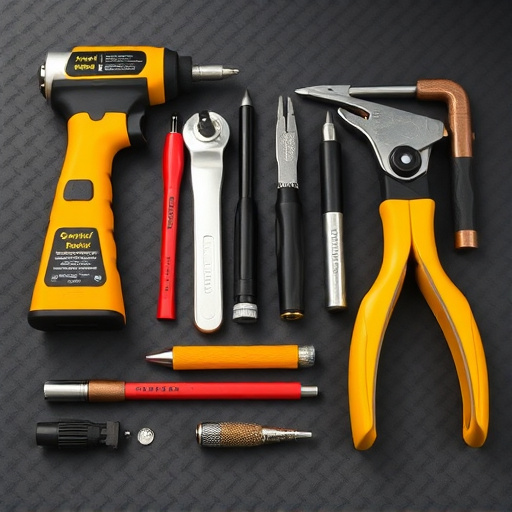A pre-service vehicle inspection for rust, dents, scratches, and paint defects is crucial for an auto body paint job. Neglecting these surface imperfections can lead to poor paint adhesion, premature fading or chipping. Skilled technicians assess and prepare the surface, ensuring a flawless finish through patching, sanding, and smoothing. A thorough evaluation delivers a durable aesthetic restoration upon completion of the auto body paint service.
Before diving into an auto body paint service, meticulous surface preparation is crucial. This process ensures a seamless, durable finish. In this article, we guide you through essential steps, focusing on assessing the surface for damage and imperfections, cleaning to remove contaminants, and sandblasting/patching to create a roughened texture ideal for paint adhesion. By following these steps, your auto body paint service will yield outstanding results.
- Assessing the Surface: What to Look For Before Painting
- – Identifying existing damage and imperfections
- – Evaluating rust, dents, scratches, and paint defects
Assessing the Surface: What to Look For Before Painting
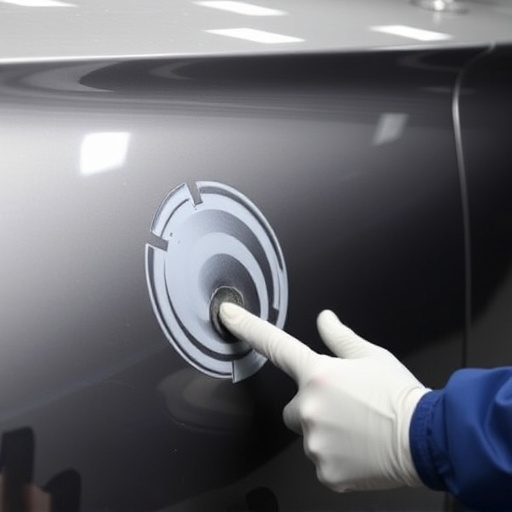
Before engaging an auto body paint service, thoroughly assessing the surface of the vehicle is paramount. This involves visually inspecting the car for any signs of damage, corrosion, or existing paint issues. Look out for chips, cracks, rust spots, and old, flaking paint. These defects can impact the quality of the new paint job and may require additional services like auto glass repair, auto frame repair, or auto body restoration to rectify them before painting begins.
Paying attention to these details ensures a smooth and durable finish. Any neglected issues could result in poor adhesion of the new paint, leading to premature fading, chipping, or peeling. Therefore, it’s crucial to address these surface imperfections as part of the preparation process for an auto body paint service.
– Identifying existing damage and imperfections
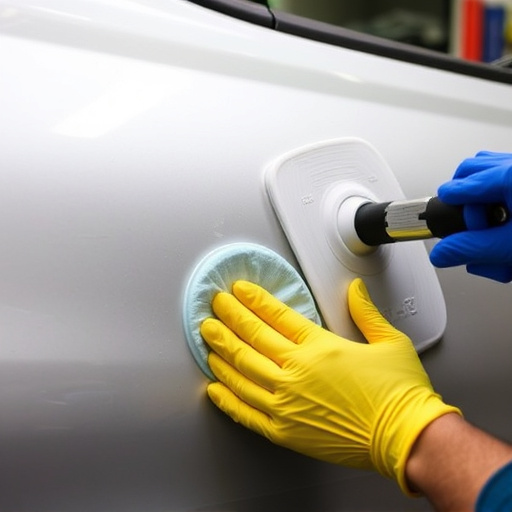
Before engaging an auto body paint service, it’s crucial to thoroughly inspect and assess the car’s surface for any existing damage or imperfections. This process involves meticulously checking for dents, scratches, rust spots, and even minor cracks on the bodywork. Such defects can significantly impact the final finish and overall aesthetics of the vehicle after painting. By identifying these issues upfront, owners can ensure that car paint repair services address them effectively during the restoration process.
Proper surface preparation is a fundamental step in achieving a high-quality auto body paint job. It involves smoothing out uneven areas, filling in dents or scratches using specialized putty, and sanding to create a flawless base. This meticulous work not only enhances the car’s appearance but also ensures that the new paint adheres evenly, leading to a durable and long-lasting finish. Car bodywork services often begin with this critical phase to prepare the vehicle for the subsequent painting stage.
– Evaluating rust, dents, scratches, and paint defects
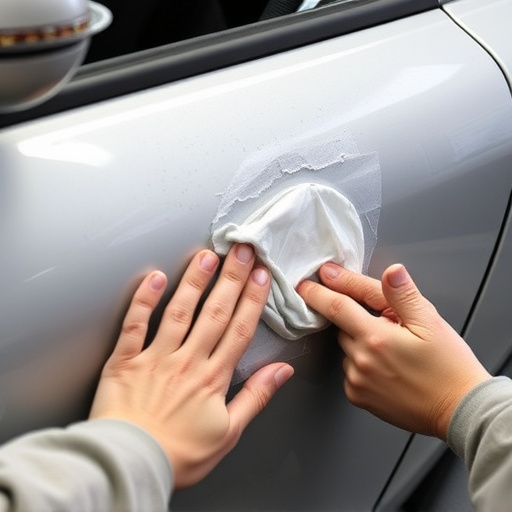
Before initiating any auto body paint service, it’s crucial to meticulously evaluate the surface of the vehicle for various imperfections. Rust, a common issue in older or damaged cars, requires special attention as it can compromise the structural integrity and aesthetics of the vehicle if left untreated. Technicians skilled in auto body repair assess rust by examining the metal’s surface for signs of corrosion, pitting, or flaking. Once identified, rusted areas are thoroughly cleaned and treated to prevent further damage.
Additionally, the inspection process involves identifying dents, scratches, and paint defects that may require vehicle paint repair. Dents can be caused by collisions or simple everyday mishaps, impacting the car’s overall appearance. Skilled technicians use specialized tools to remove dents while ensuring minimal paint damage. Scratches, ranging from minor swirls to deep gouges, are also assessed for severity. Depending on their extent, these defects might require collision repair services or tire services if related to wheel damage. A thorough evaluation ensures that the auto body paint service addresses all issues, delivering a flawless finish upon completion.
Before embarking on an auto body paint service, meticulous surface preparation is paramount. By thoroughly assessing and addressing existing damage, imperfections, rust, dents, scratches, and paint defects, you lay the foundation for a flawless finish. This crucial step ensures not only the longevity of the new paint job but also its aesthetic appeal, making it an integral part of any professional auto body restoration process.






